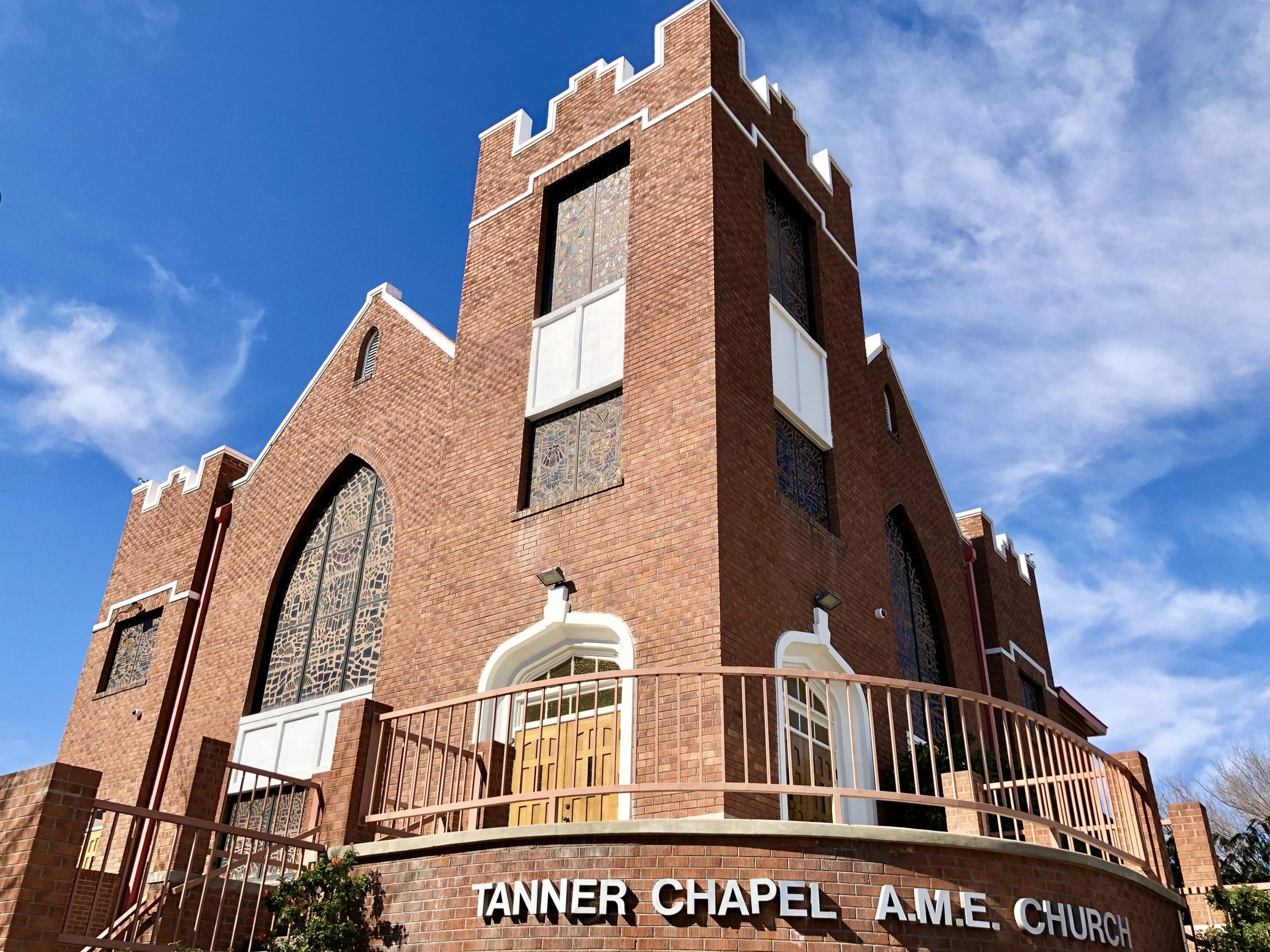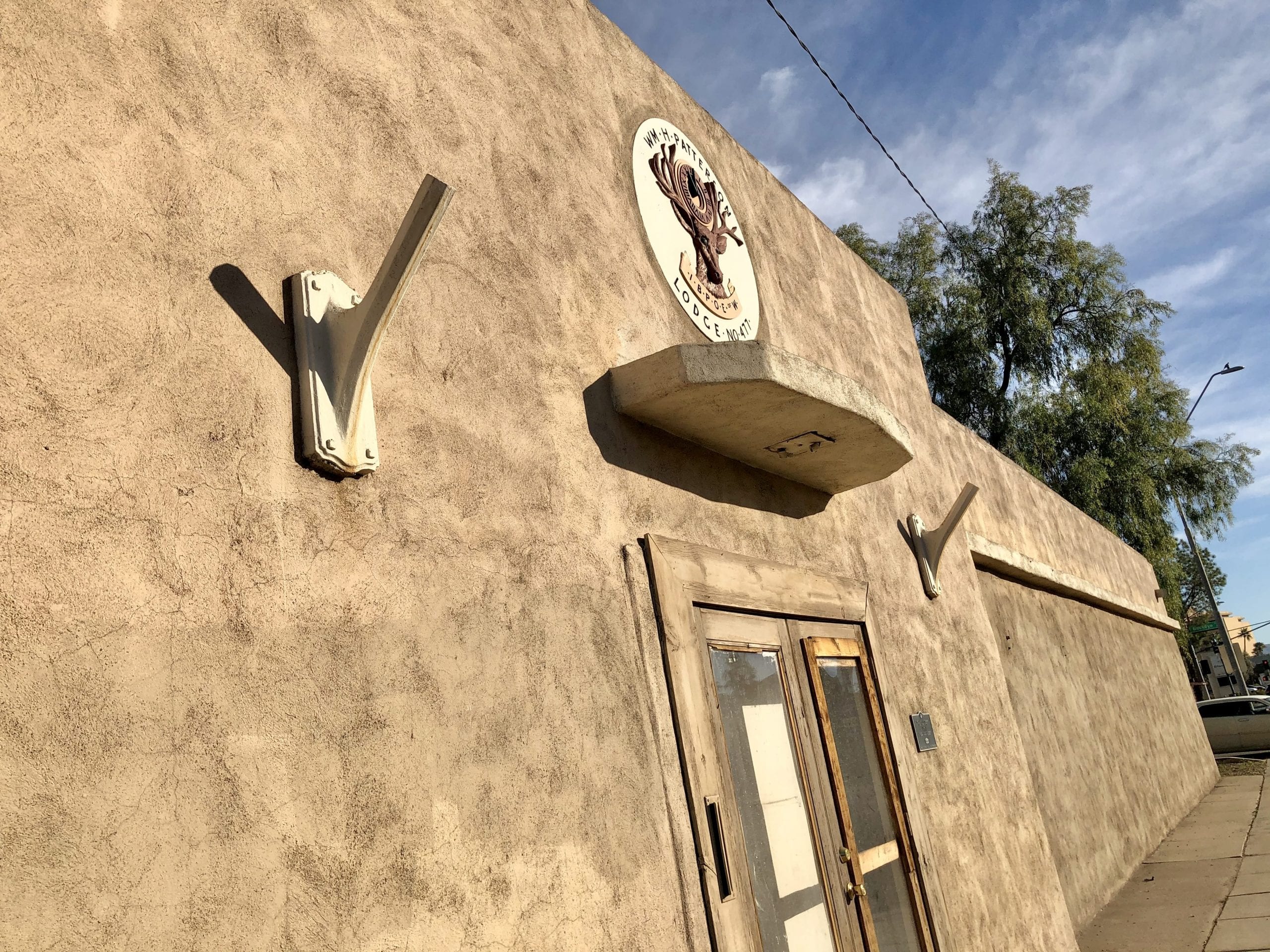At the turn of the 20th Century, Phoenix’s first African-American settlers established a small community just east of downtown along Jefferson Street — now known as the Eastlake Park neighborhood.
Over time, and as the population grew, more people moved into the Warehouse District and Central City South, areas southwest of downtown near the Capitol, and rural parts of South Phoenix.
Here, people bought homes and established churches, hotels and businesses, and despite comprising just three percent of the total population in 1900, African Americans created vibrant, close-knit communities in Phoenix’s early years.
But the dominant culture of segregation and economic exclusion restricted movement to other parts of the city, and inhibited upward mobility.
First introduced by the territorial government in 1909, school segregation was mandated by Arizona law until 1954. A series of informal property restrictions also prevented “non-whites” from purchasing or renting homes north of Van Buren Street. These restrictions existed well into the 1940s.
Realtors wouldn’t sell to African Americans, banks refused loans, and by the late 1930s, the condition of homes and lack of affordable housing south of Van Buren Street was a serious issue.
Despite incredible hardships, African Americans during early statehood established long-standing neighborhoods and institutions, and were instrumental in affecting social and political change throughout Phoenix’s history.
Here are some examples of historic African American properties still standing from 1900-1950:

1929 – Tanner Chapel A.M.E. Church – 20 S. Eighth St. | Located in the Eastlake Park neighborhood, Dr. Martin Luther King Jr. famously visited the Tanner Chapel in 1964, and it is the oldest African American congregation in Arizona, dating back to 1887.

1917 – Eastlake Park – 1501 E. Jefferson St. | The park and the surrounding neighborhood of the same name, developed into the epicenter of African American life in Phoenix. It’s the oldest park in the city, dating back to the 1890s, and was purchased by the City in 1914. Over the past 100 years, the park has offered everything from dances and baseball games to lectures and civil rights events. Booker T. Washington famously spoke here in 1911 at the Great Emancipation Jubilee.

1926 – George Washington Carver High School – 415 E. Grant St. | Located in the Warehouse District, the Phoenix Union Colored High School, later renamed the George Washington Carver High School in 1943, was built exclusively for African American students. Former Phoenix City Council member Calvin C. Goode (pictured) graduated from Carver High School in 1945. The school closed in 1954 — one year after a judge at the Maricopa County Superior Court ruled school segregation in Phoenix schools as unconstitutional. It is now a museum and cultural center.

1925 – Paul Lawrence Dunbar School – 707 W. Grant St. | Located in the Matthew Henson Historic District just southwest of downtown, the Dunbar School was built by the City of Phoenix in 1925 to segregate African American elementary students. It remains open in the Phoenix Elementary School District #1.

1913 – Swindall Tourist Inn – 1021 E. Washington St. | During this era, it was common for families to take in boarders to supplement income, and this is the only remaining example of public hotel accommodations for African Americans during segregation in Phoenix.

1946 – William H. Patterson Elks Lodge No. 477 – 1007 S. Seventh Ave. | Located in the Grant Park neighborhood south of downtown, this Elks Lodge was the preeminent networking and philanthropic hub for the growing African American middle class during the first half of the 20th Century.

1947 – Lucy Phillips Memorial C.M.E. Church – 1401 E. Adams St. | The Eastlake Park neighborhood is home to many historic African American churches: “C.M.E.” stands for Colored Methodist Church, which was organized in 1909. This small congregation was named for the wife of the first presiding bishop, Reverend Charles Henry Phillips.

1947 – Mary McLeod Bethune School – 1310 S. 15th Ave. | Built to provide for the rapidly expanding African American community on the west side of downtown, the segregated Bethune School opened in 1947 with 10 classrooms. Adjacent to the Matthew Henson Public Housing Project, built between 1940 and 1960, the school remains open in the Phoenix Elementary School District #1.

1950 – Aldridge House | Aubrey Aldridge was the daughter of the first African American doctor to arrive in Phoenix, Dr. Winston Hackett, who moved to the Phoenix area in 1916. Aldridge was a teacher at the Dunbar School and later taught at Booker T. Washington elementary. She married the Dunbar School principal, and they lived in this home in the Eastlake Park neighborhood.

1935 – St. Pius X Catholic Church – 809 S. Seventh Ave. | Part of the local diocese Black Catholic ministries, St. Pius offers a Unity Mass once a month, and serves as a gathering space and community center in the Grant Park neighborhood.
Research courtesy of: City of Phoenix African American Historic Property Survey











